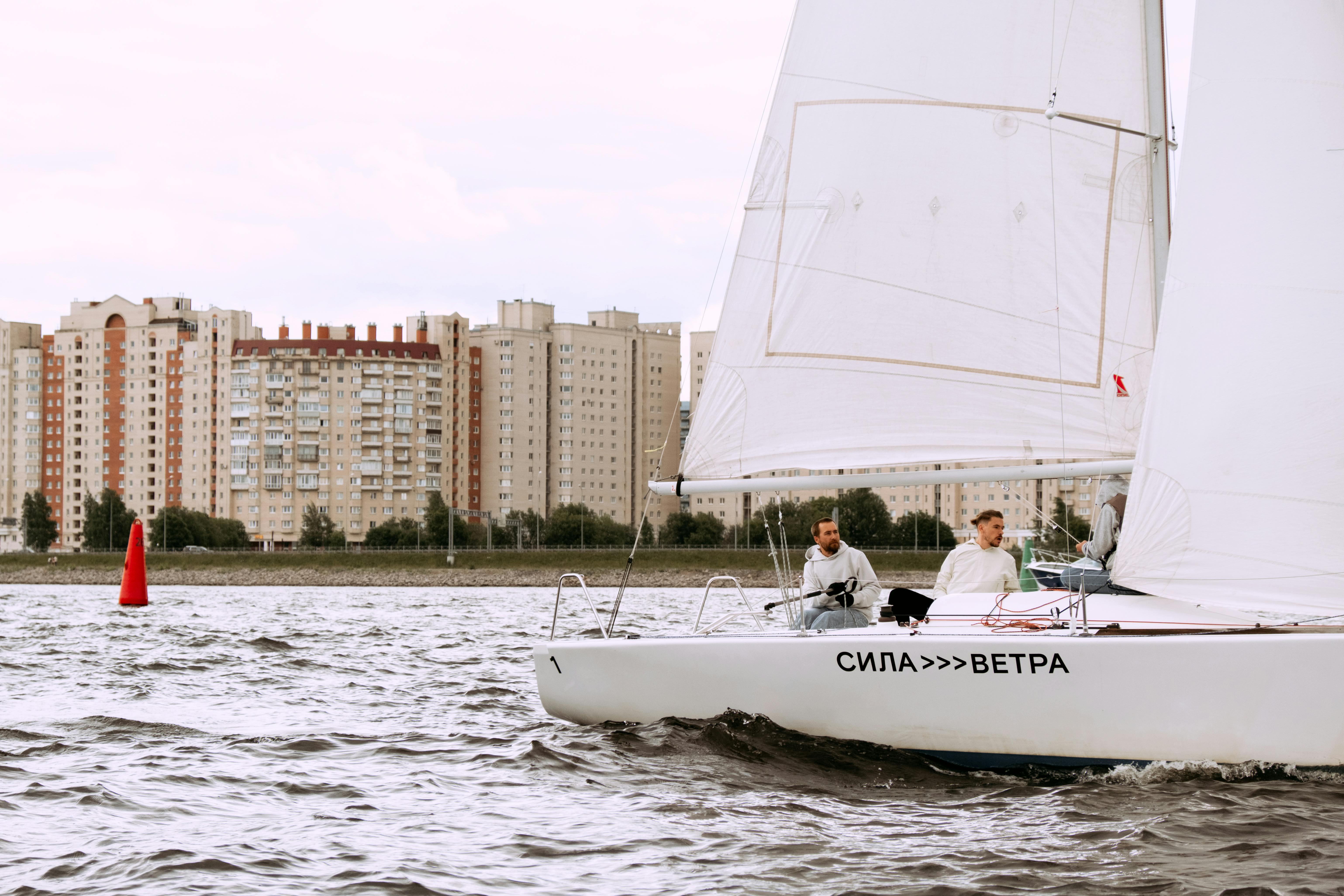
soccer training for agility
There is no doubt that soccer players need to be quick and agile. Agility training for soccer players is a must and should be addressed in all team training programs. In this article, we will discuss how motor skill development will help improve agility.
You have to be scientific about your approach. It’s not enough to simply engage in a bunch of cardio exercises that do nothing to develop the specific motor skills needed to better perform your given position. You have to know what has been proven to work to increase agility. You must first define exactly what motor skills you are trying to improve. Only then can you devise an efficient program to hone them with agility drills.
Motor learning science background
Motor movements have two classifications: open and closed. Each type requires specific functioning of the central nervous system (CNS). Each also requires very different interpretations of receptor information, efficient response mechanisms, memory retrieval, and neuromuscular stimuli.
The low-level motor movement, the closed motor movement, in this execution situation, is quite static. In other words, they remain constant and predictable.
* They have definite start and stop points.
* Neuromuscular feedback to the CNS has a very small role in movement execution. That means there is very little input from the muscle proprioceptors for correction once the movement is started.
* A muscle proprioceptor is a signaling mechanism in a muscle or joint that provides information to the CNS about the appropriateness of a given movement.
* The movement is self-directed and initiated from the intention of the athlete.
Some examples of fine motor skills are golf swings, track events, archery, and weightlifting. You see, these actions are stable and predictable, there is not a lot of variation involved.
At the other extreme of motor movement are open skills. * These are more complex and require more feedback from the proprioceptors because they occur in non-static situations. *Usually split-second adjustments are needed to successfully execute these moves. Incorrect body positioning, pressure that heralds damage, and of course acute pain are some of the possible feedback scenarios for incorrect movements.
* There may also be instantaneous reactions in motion from visual and auditory stimuli. For example, a third baseman may get moving immediately after a split-second projection of a batter’s contact with a pitched ball. Also, a basketball player can immediately respond to a vocal signal from a point guard.
*Open motor skills are called “forced pace” skills because of the ever-evolving conditions in which they occur. Instantly precise actions and reactions are required for optimal success.
Obviously, open motor skills require a different and more advanced type of conditioning to develop. It can be a complex science just to discern the sport-specific motor skills that need to be developed. Agility training for soccer varies depending on the position played and the natural abilities of the players. Furthermore, it follows that there are an infinite number of possible scenarios that may or may not be sufficiently task-specific to be beneficial when performing agility training for soccer.
In essence, agility is the ability to change direction. This does not simply apply to the entire direction of your body, but also to specific areas or parts of your body. An example would be a wide receiver leaping through the air, looking back over his own shoulders, watching the ball come toward him, maintaining his altitude at maximum, reaching his hands up around his right side, all while anticipate and prepare for an imminent collision with an upcoming opponent. This is a constant event.
Agility training for soccer is considered the most important overall element of a player’s training regimen. Agility training should also vary from position to position. For example, a defensive back may cover 10-15 yards on each play in the game, while an offensive lineman may never move more than 5-10 yards on any given play. There are skill positions and power positions in the game and each guy should train for agility differently.
Here are some basic agility training drills for soccer:
W – Pattern The cones are placed in an elongated W shape (about 10 or 12 meters apart). Players run in a straight line from cone to cone. The focus is on quick starts and stops.
Side Mix Take a dozen cones and place them about 5 yards apart, 1 yard across from each other. Side shuffle through the cones with optimum speed. Without crossing your feet. Stay low to the ground.
Figure 8 Shuffle 2 cones are placed approximately 2 yards apart. Moving around the cones, your soccer athlete makes 6 random moves, in a figure 8 pattern. The direction of the shuffle is then reversed and the shuffles are repeated.
These are just a few of the unlimited varieties of soccer agility training drills. Many other exercises and movement patterns can be used. The important thing to remember is that you are setting yourself up to respond instantly to any number of unpredictable external stimuli. You have to keep your mind open to visual stimuli and auditory commands, as well as physical cues and pressures. Agility training for soccer is one of the most important workouts that players do. should be practiced throughout the year.